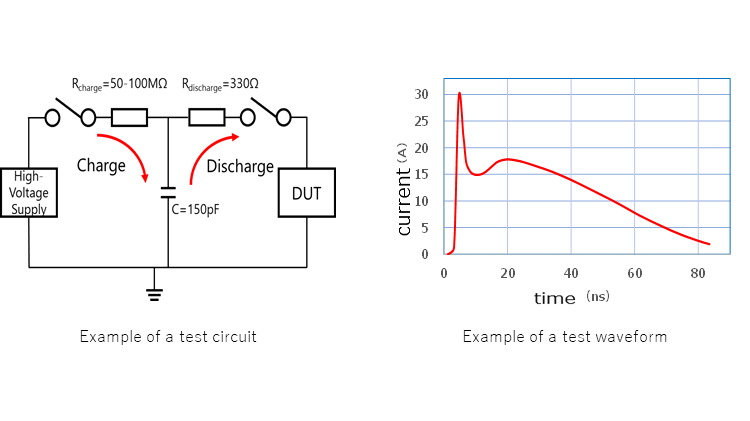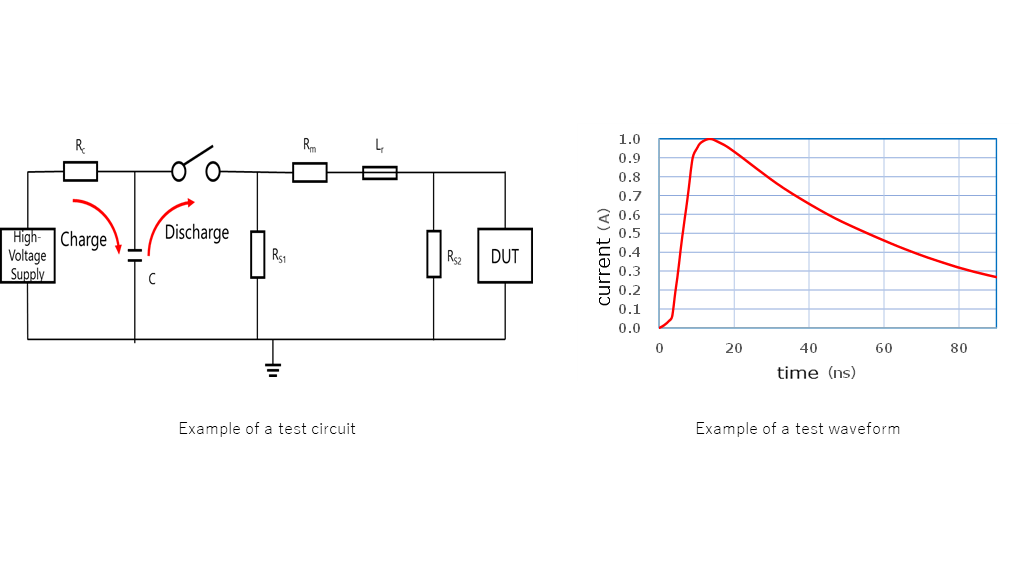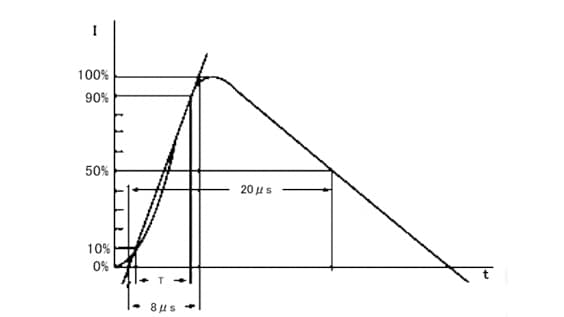- 半導體首頁
-
應用Automotive
Body Electronics
xEV
In-Vehicle Infotainment
Advanced Driver-Assistance Systems (ADAS)
Chassis
IndustrialInfrastructure
BEMS/HEMS
Factory Automation
Commercial Equipment
Consumer/PersonalIoT Equipment
Healthcare
Wearable Device
Mobile
Computer Peripherals
-
產品車用元件
Discrete Semiconductor
Diodes
電晶體
通用邏輯IC
Analog Devices
Digital Devices
Wireless Devices
※
: Products list (parametric search)
功率半導體※
: Products list (parametric search)
隔離器/固態繼電器Photocouplers
Digital Isolators
※
: Products list (parametric search)
MOSFETsIGBTs/IEGTs雙極性電晶體※
: Products list (parametric search)
Diodes※
: Products list (parametric search)
微控制器馬達驅動 ICs智能功率 ICs※
: Products list (parametric search)
電源管理 ICs線性 ICs※
: Products list (parametric search)
通用邏輯 ICs線性影像感測器其他產品其他產品
※
: Products list (parametric search)
-
開發/設計支援
開發 / 設計支援
-
技術知識
- 購買管道
- 型號 & 關鍵字搜尋
- 交叉搜尋
- 參數搜尋
- 線上庫存查詢跟購買
This webpage doesn't work with Internet Explorer. Please use the latest version of Google Chrome, Microsoft Edge, Mozilla Firefox or Safari.
型號需要超過三個文字以上 Search for multiple part numbers fromhere.
The information presented in this cross reference is based on TOSHIBA's selection criteria and should be treated as a suggestion only. Please carefully review the latest versions of all relevant information on the TOSHIBA products, including without limitation data sheets and validate all operating parameters of the TOSHIBA products to ensure that the suggested TOSHIBA products are truly compatible with your design and application.Please note that this cross reference is based on TOSHIBA's estimate of compatibility with other manufacturers' products, based on other manufacturers' published data, at the time the data was collected.TOSHIBA is not responsible for any incorrect or incomplete information. Information is subject to change at any time without notice.
型號需要超過三個文字以上
Supplemental information: IEC61000-4-2 and IEC 61000-4-5

IEC61000-4-2 and IEC 61000-4-5 are designed to ensure that electronic systems will not be degraded or destroyed by ESD in the everyday environment.
1. IEC 61000-4-2 test (ESD immunity test: Human body model)
As is the case with the HBM, this test simulates a discharge that might be released from a charged human body. Two methods are used for ESD testing:
- Direct discharge: Tests a discharge that might occur when a human directly touches an exposed metal surface of a system or a device.
- Air discharge: Tests a discharge that might occur between equipment under test (EUT) and a discharge gun through an air layer when the surface of the EUT is coated with resin or other coating materials.
These ESD tests are stipulated in IEC 61000-4-2 from the International Electrotechnical Commission (IEC).
Toshiba’s ESD protection diodes are tested using both direct and air discharge methods.

2. IEC 61000-4-5 test (Surge immunity test: Lightning surge test)
Also known as a lightning surge test, a surge immunity test models transient phenomena caused by a direct lightning strike as well as voltage and current surges induced by a nearby lightning strike. This test also includes transient switching phenomena such as a sharp load variation and a load short-circuit that might occur when the power switch of a large machine is turned on. The IEC 61000-4-5 test is the most stringent system-level surge immunity test in terms of the level and cycle time of the surge current applied.
The surge immunity test is stipulated in IEC 61000-4-5.
- Prev
- 2/2
6 Absolute maximum ratings of TVS diodes (ESD protection diodes)
- 1 What is a TVS diode (ESD protection diode)?
- 2 Basic operations of TVS diodes (ESD protection diodes)
- 3 Key electrical characteristics of TVS diodes (ESD protection diodes)
- 4 Selection guidelines for TVS diodes (ESD protection diodes)
- 5 Layout considerations for TVS diodes (ESD protection diodes)
- 7 Electrical characteristics of TVS diodes (ESD protection diodes)
Related information
- Product Web Page
TVS Diodes (ESD protection diodes) - Applidcation Notes
Diode - FAQ
TVS diodes (ESD protection diodes) - Parametric searches for all Toshiba TVS diode (ESD protection diodes) produ cts are available here:
Parametric search - Stock Check & Purchase Toshiba TVS diode (ESD protection diodes) here
Stock Check & Purchase


